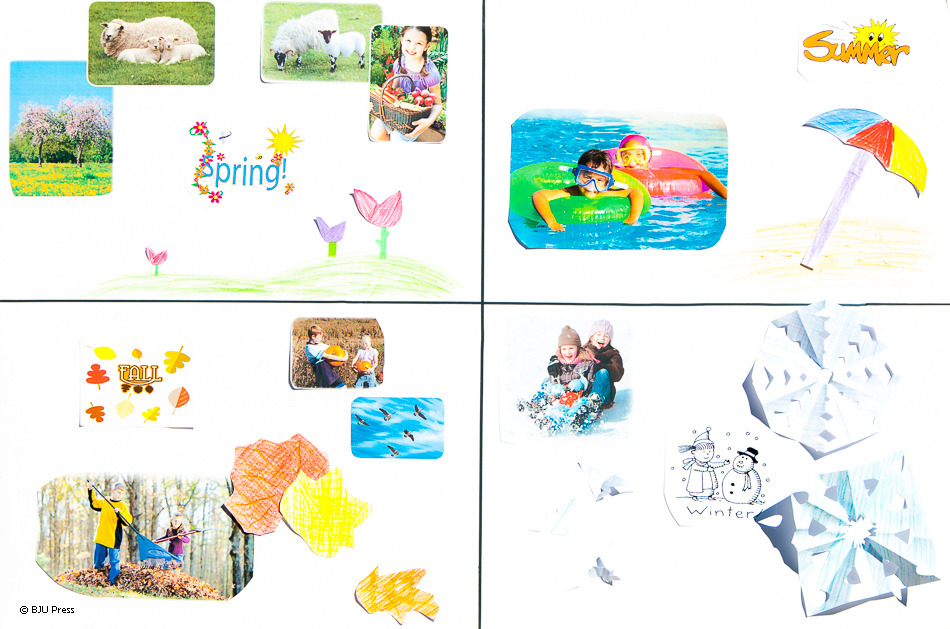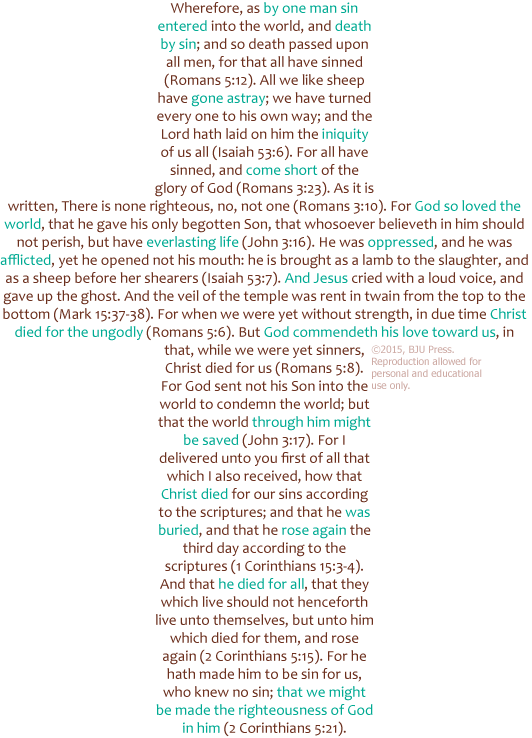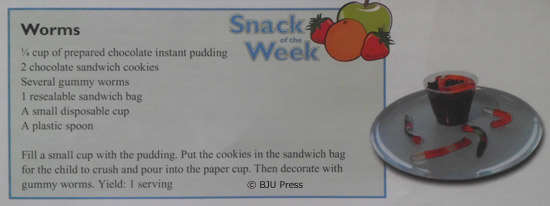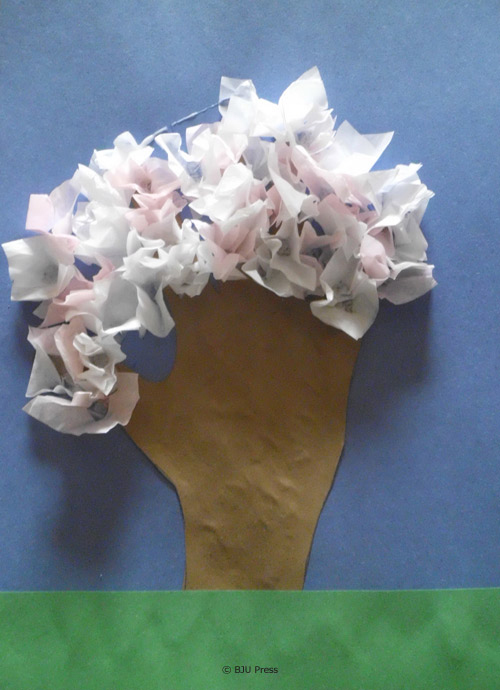
Things are cooling off, and the leaves are starting to change color. Nature’s great visual and physical demonstrations make fall a fun time to start teaching young children about the changing of seasons. It’s also a great time to exercise their higher level thinking skills. Here is a fun, fast, and easy activity to get them thinking.
- Explain the basic differences of the seasons, and then draw lines dividing a poster board or large sheet of paper into four sections.
- Label each section as a different season—spring, summer, fall, and winter.
- Invite your child to draw or cut out at least one picture of a favorite thing to do in each season. Examples might be carving a pumpkin in the fall, swimming in the summer, or picking flowers in the spring. If you live in an area without obvious changes, children may identify activities they would like to try.
- Help your child place each picture in the section for the corresponding season.
By working on this hands-on activity with you, your child will enjoy learning while reviewing the material in a way that builds true understanding. In step 3 your child is recalling and understanding the key features of each season and then applies that knowledge in step 4 by placing each favorite activity in the proper category.
If you would like more ideas, other activities like this one can be found throughout BJU Press elementary science teacher’s editions.


